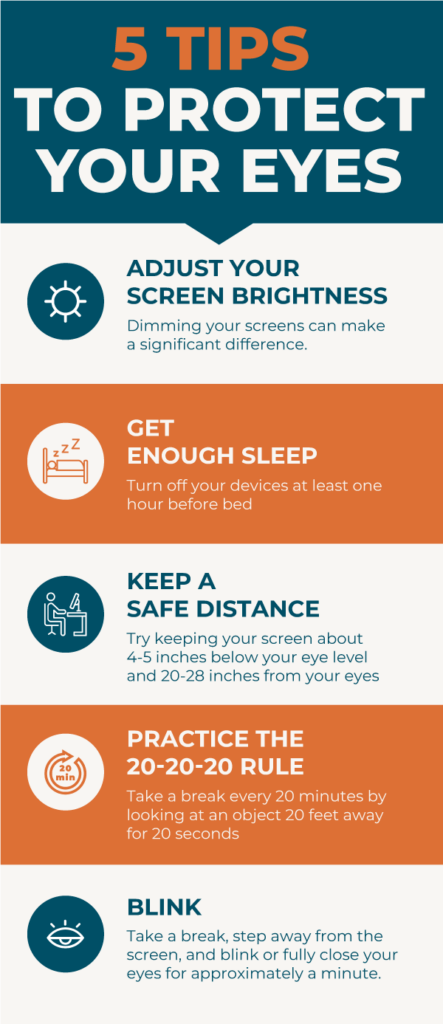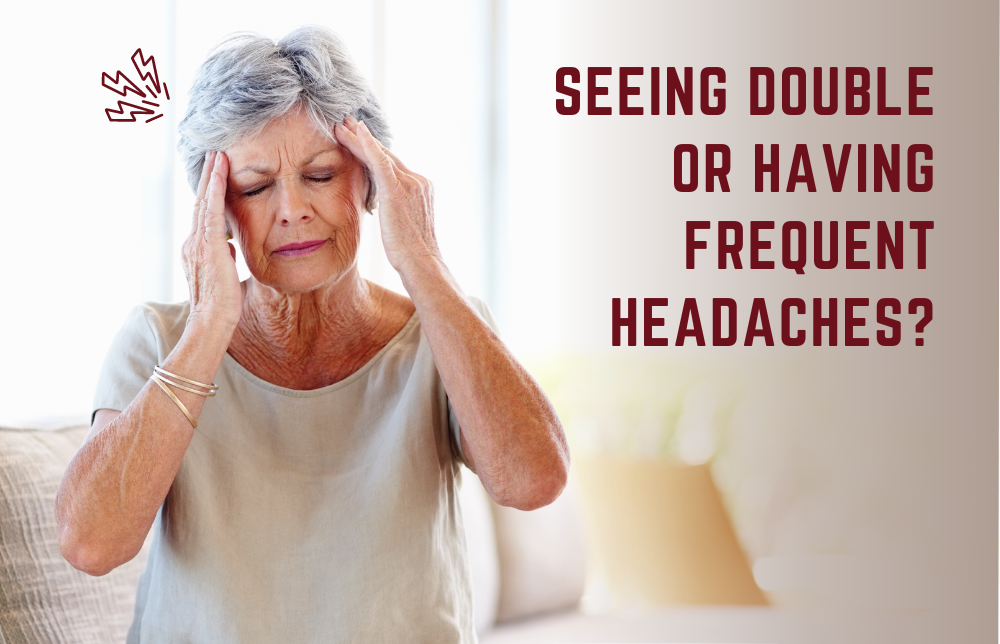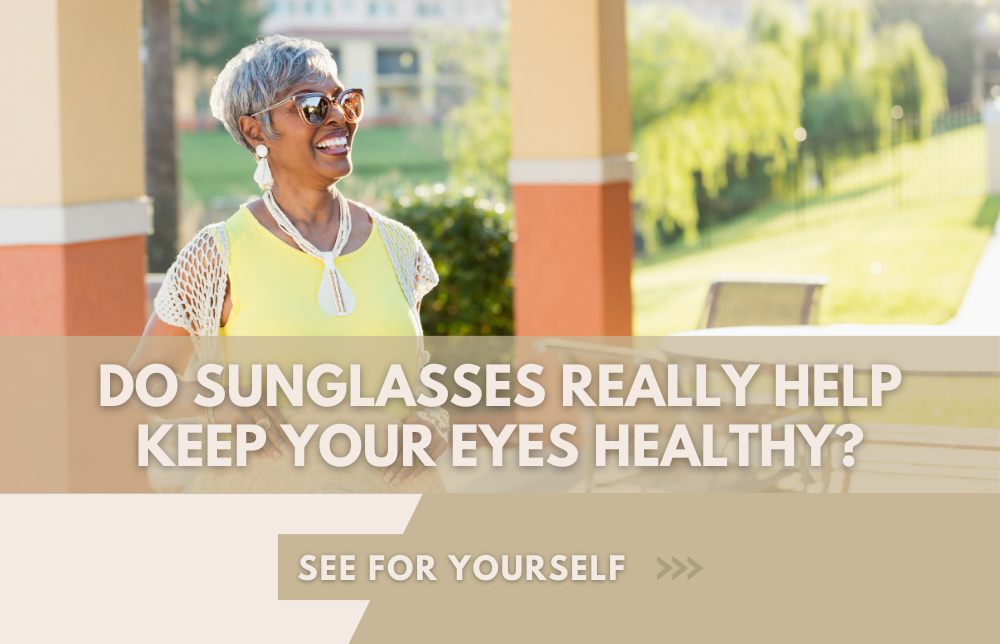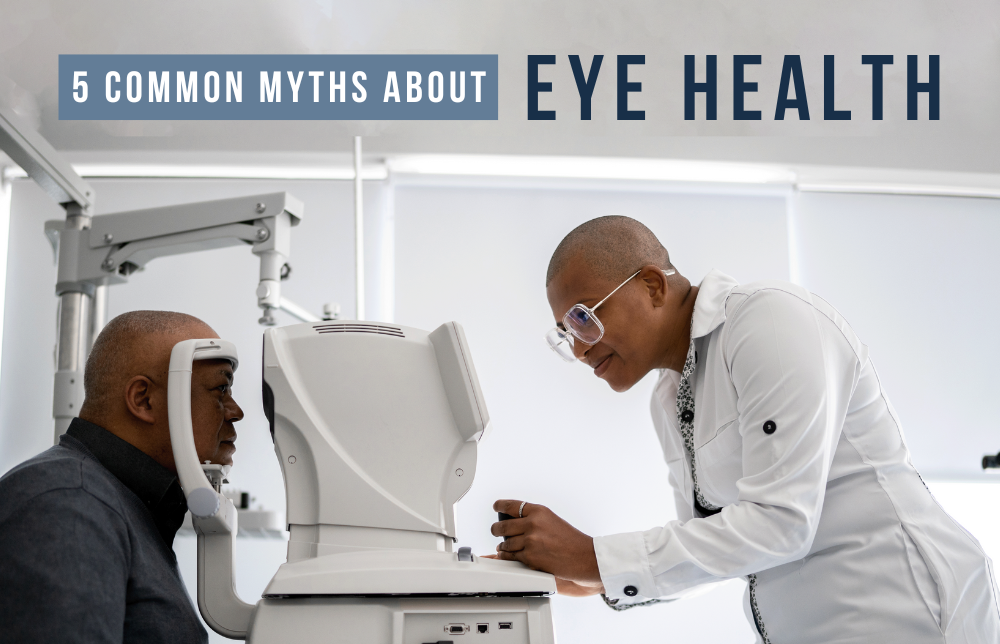The Negative Effects of Too Much Screen Time on Vision – and Overall – Health

How much time do you spend each day looking at a digital screen? You might be surprised by how much time is spent looking at a computer screen, television, phone, or tablet. What might also surprise you is how far we exceed the recommended hours. AMBA is here to provide the information you need and help you care for your eyes and overall health.

Why Excessive Screen Time Can Affect Your Vision
Our eyes need to focus and move more when looking at screens. As a result, screen usage can contribute to eye health issues. Additionally, the constant exposure to blue light, standard in many digital devices, can make our eyes extremely sensitive to light.
Digital eye strain symptoms (computer vision syndrome) include mild discomfort, dryness, and irritation. But more severe issues can also occur:
- Eye fatigue can cause double vision and concentration difficulties.
- Decreased focus flexibility can impact your ability to adjust your sight to see at all distances.
- Prolonged exposure to LEDs can cause irreversible loss of retinal cells and may lead to a loss in vision sharpness.
- Although it’s rare for nearsightedness to get worse as we age, there are exceptions.
Our vision’s health also plays a significant role in our overall health. Additional issues excessive screen time can cause include headaches, brain fog, and sleep-related issues, including insomnia.
How You Can Protect Your Eyes
You can take steps to protect your eyes with these 5 steps.

- Adjust your screen brightness. Dimming your screens can make a significant difference.
- Get enough sleep: Turn off your devices at least one hour before bed.
- Keep a safe distance: Try keeping your screen about 4-5 inches below eye level and 20-28 inches from your eyes.
- Practice the 20-20-20 Rule: Take a break every 20 minutes by looking at an object 20 feet away for 20 seconds.
- Blink: Take a break, step away from the screen, and blink or fully close your eyes for approximately a minute. If the irritation continues, eye drops can help.
Another vital way to help protect your eyes is to visit your eye doctor. Eye exams help your eye care provider check your vision’s health and determine if any eye conditions may be developing. NCRGEA and AMBA have a comprehensive Vision Plan at affordable rates. The benefits of this plan include annual WellVision checkups, 100% coverage for most lenses (even progressives!), and thousands of nationwide in-network providers. Sign up today – acceptance is GUARANTEED! – at www.AMBAdentalvision.com/NCRGEA or call 800-956-1228.





